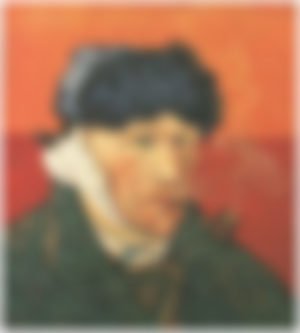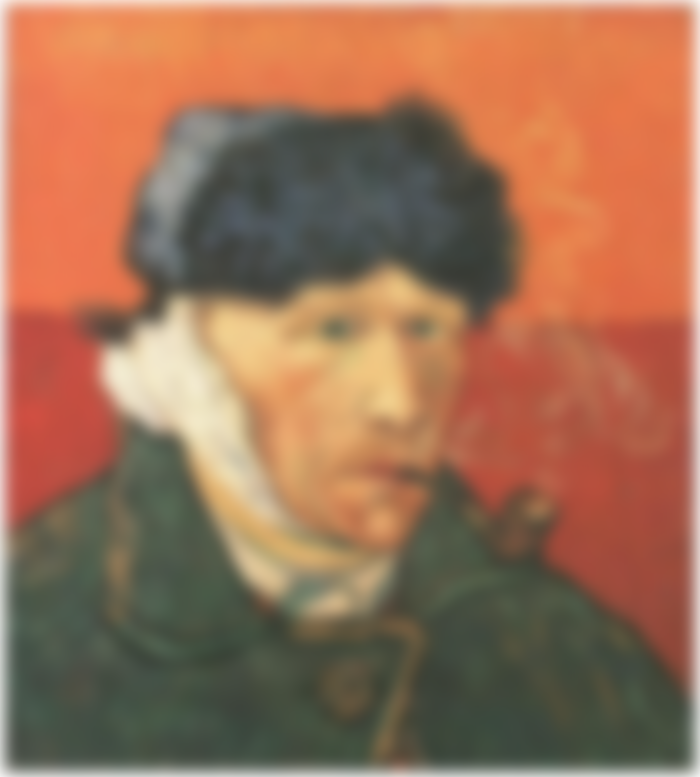I. The Promethean Fire, Mindfood & Drugs
A creative genius has a fire inside that others have not: the source of his creativity. Nothing comes from nothing, the fire needs fuel. If it is denied that fuel, it burns its wielder to ashes, to a shell of a human. That fuel is mindfood, immaterial nourishment, and deficiency leads to breakdown of the mind. The greater the creativity, the bigger the fire, and the stronger nourishment is required. Perhaps this is the borderline between genius and insanity.
We can call this fire Promethean, the word refers to Prometheus.
Originally there were two Prometheus legends, which were merged into one some time during the first couple of centuries AD. The first one was the Greek Prometheus Pyrphoros, who brought fire from the sun to mankind. He was punished for that by Zeus, but we need not concern ourselves further with the details of that story now. The other was the Roman Prometheus Plasticator, who, according to some sources, created man by giving life to a clay figure. When the legends blended, the fire from the sun became the life-giving power of divine creation; during the Middle Ages, a symbol of God's creative power; and during the 18th and 19th centuries, Prometheus came to symbolise the creative artist.
What I call The Promethean Fire here is creativity that goes beyond the normal or the average, when it is a burning urge that cannot be suppressed by any means. A few individuals possess such a fire, but, no doubt, fewer today than one or two centuries ago. The human species is degenerating. There are several reasons contributing to this. One is genetic degeneration due to a too large gene pool, another is a globalised culture that worships statistical average egalitarianism and raises it to a goal. Let's call it mediocracy; it's the total triumph of quantity over quality, a suicidal ideology. There are other factors as well, but we don't have to examine them now, suffice it to say that creative geniuses are proportionally rarer today than in the past. If we want to discuss examples, it is easiest to choose them from the 1700s to the first decades of the 1900s, because that was a time when such individuals were idolised, at least in Europe, so we know much about them.
But how about the connection between genius and insanity? That is quite a complicated question. What exposes itself as madness might very well have other reasons than a Promethean fire starving for fuel. Many creative persons of that time and in the present were and are abusing drugs. Cocaine was legal and very common during the decades around World War I, and absinthe damaged many brains. Great consumers of absinthe included – but was far from limited to - people as Swedish universalist August Strindberg and the almost proverbial madman, Vincent Van Gogh, as well as Oscar Wilde, Henri de Toulouse-Lautrec, Édouard Manet, and French poets Rimbaud, Verlaine, and Baudelaire - some of them combined it with other drugs, such as laudanum, hashish and opium. But if we compare Strindberg and Van Gogh, it is quite obvious that most of Strindberg's symptoms of madness might very well have been drug damage, particularly from alcohol – while Van Gogh, although showing clear signs of drug damage, had something more genuinely sick in his mind from the very beginning.
On the other hand, what made them use drugs? A Promethean fire in lack of fuel?A mind starving for mindfood? Perhaps. Absinthe was used for its assumed hallucinogenic effects, and so were other drugs. For a limited time they stimulated the creative process by altering the mind. There is no doubt that absinthe and other drugs have contributed to art.
Rimbaud, using absinthe and hashish, considered poetry as alchemical, a way to change reality, the poet “makes himself a seer through a long, prodigious and rational disordering of all the senses.” (Edmund White; Rimbaud: The Double Life of a Rebel, 2008.) – and Baudelaire compared wine and opium with absinthe, and claimed that none of them [wine or opium] “equals the poison welling up in your eyes that show me my poor soul reversed, my dreams throng to drink at those green distorting pools." (Baudelaire; Poison, from The Flowers of Evil, 1857.)
Handled carefully and with self-discipline, this might not even have been dangerous, but the borderline between use and abuse is fine as a hair. Most of these people crossed it and developed serious brain damage.
It should be noted, however, that the use of various drugs to reach other levels of reality or other states of mind, or to get in contact with the divine, have been a common religious practice throughout human history. This is not the only connection between religion and creativity.
II. Creative Genius & Insanity
Van Gogh's insanity is well documented. He cut off one of his ears! A spectacular action that made him almost a symbol of crazy artists in the eye of the general public. Van Gogh was not mentally healthy and his madness can not entirely be explained by drug abuse.
One thing to keep in mind, however, is that painting artists until quite recently were working with very toxic colours. Lead white, to take the most dramatic example, now commonly replaced by Zinc white, no doubt caused many physical as well as mental health problems after years of regular exposure.
Then we have to remember that the definition of “normal” or “abnormal” depends, to an extent, of surrounding cultural values. Cutting off one's ear is never sane, but many of the deviations from the mentally “normal” that have been recorded during previous centuries would not be considered more than possibly slightly eccentric today. On the other hand, there are behaviours that would be considered pathological today, but were or are perfectly normal in another time or place.
That leads to the conclusion that, apart from the most obviously psychopathic conditions, the definition of sanity and insanity is a matter of social control, a tool of power. A society defines itself by its taboos, of what is allowed and what is not. To a large extent that is a matter of values, not facts – of politics, not health. Values and herd mentality. If you do not conform to the herd, you cannot be sane.
In the relatively recent communist Eastern Europe, they often confined dissidents to a mental hospital. People in the West were shocked by this, but it is just a rough application of what every society is doing one way or another: removing from the herd those who do not conform to it. It is not always done as drastically as to lock people in, sometimes it is done by more subtle means, while at other times deviants are simply killed. But without a certain level of conformity, the herd ceases to be a herd and will defend itself to the bitter end. Naturally, the power of the herd is held by the one who sets the boundaries of the related conformity. But let us return to creativity and insanity.
There is a model where creativity is expressed as a process of healing an imbalanced mind and keep it sane. That would explain the closeness between creativity and insanity. While I agree that creativity can serve this purpose in certain cases, I don't think it is a general model of creativity as such. Indeed, I doubt that a single all-encompassing model of creativity is possible. However, I'm not going to discuss theories of that here and now.
(Below, Vincent van Gogh, Self-Portrait with Bandaged Ear and Pipe, Arles 1889. Original at Tate Gallery in London:)

It is possible to make a whole list of creative artists known for insanity or at least mental abnormalities: Tolstoy, Schumann, Van Gogh, Mozart, Nietzsche, and many more. Each one of them is interesting in his own right, and each case is unique. Lumping them together under one label as “insane geniuses” leads us down the wrong path. There is a huge step between Van Gogh's cut-off ear and Mozart's infantile, but harmless, obsession with scatological jokes - not to mention that some mental symptoms are caused by physical disease, as was probably the case with Nietzsche (although the diagnosis in his case is very uncertain).
In the end, we must ask ourselves one question: Is insanity, no matter how we define it, more common amongst so-called creative geniuses than it is in a population in general – or is it just that we notice it more because it is about well-known people? Or is it simply that people with more than average creativity are more prone to violate the standards of the herd?
Related Article: The Cult of the Green Fairy; La Fée Verte
Copyright © 2014, 2021 Meleonymica/Mictorrani. All Rights Reserved.
All my articles about history can be found here.
You find all my writings on Read.Cash, sorted by topic, here.
If you are interested in history, join my community History, Myths, Legends & Mysteries (be45).

Insanity and creativity are possibly linked, Liked I said on my post I'm amazed with how many colleagues working on the field of illustration struggle with mental health, the creative brain is so intriguing, don't get me wrong we all humans are creative in our own ways but the ones who go for the artistic self expression seems more vulnerable to the mental illnesses or substance abuse. Thanks for such wonderful article